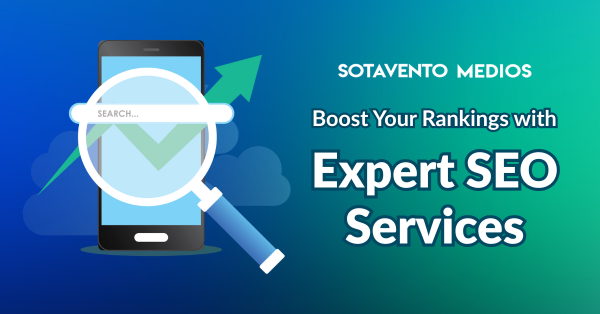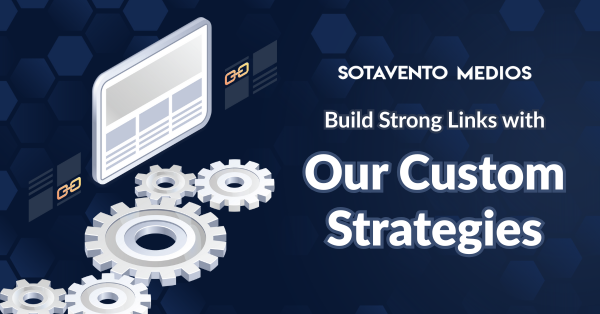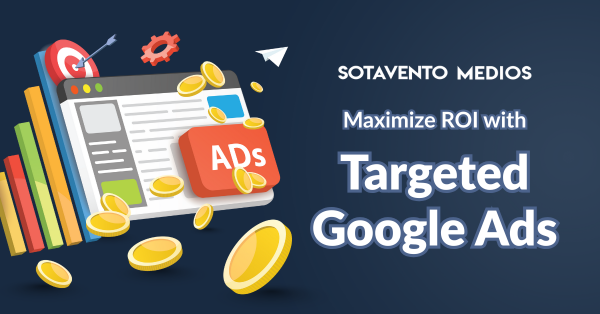The Algorithmic Singularity: Why Technical SEO Must Evolve into Audience-Centric Optimization (AEO)
The ongoing question in digital marketing, “Is SEO dead?” has evolved into a more pressing query: “Is SEO enough?” As we approach 2026, the answer is clearly no. The time of pure Search Engine Optimization (SEO), which focused mainly on “blue links” and keyword-stuffing for outdated algorithms, is fading. It is being replaced by Answer Engine Optimization (AEO), a necessary evolution to compete in a world dominated by Large Language Models (LLMs), Generative AI Overviews, and conversational search interfaces.
For experienced marketing managers and technical specialists in the B2B sector, the shift is not about choosing one over the other. It’s about realizing that AEO builds on the foundation of strong SEO. This article offers a data-driven guide for incorporating AEO into your technical strategy. This approach will help your brand not just rank but also be recognized as the go-to source by the machines that compile answers.
The Defining Shift: From Click-Through Rate to Citation-Based Authority
The main goal of SEO has always been to drive clicks from the Search Engine Results Page (SERP) to a web property. In contrast, AEO aims to ensure your content is chosen and used by an AI model—like Google’s AI Overviews, ChatGPT, or Perplexity—to directly answer a user’s question. This creates a new, valuable metric: Citation-Based Authority.
Why AEO is an Imperative for B2B in 2026
Search data shows a significant change in user behavior:
- Generative AI Dominance: Google’s AI Overviews are expanding worldwide, and the use of dedicated LLMs for information queries is increasing. Early data indicates that AI Overviews can greatly lower organic click-through rates for informational queries, making visibility without clicks a key focus.
- The E-E-A-T Multiplier: Recent Google core updates (for example, the March and June 2025 Core Updates) emphasize E-E-A-T (Experience, Expertise, Authoritativeness, Trustworthiness). AI models use and prioritize content from sources that show verified, human-based expertise. For B2B, this means that the depth of your technical content is now crucial for ranking and citation.
- Conversational Search: The growth of voice search and complex, multi-intent queries means algorithms now prefer content that can provide a clear, natural answer (the AEO objective) rather than content requiring users to sift through a long article (the traditional SEO objective).

In short, AEO focuses on optimizing for both the answer and the source—not just the ranking.
Technical AEO Implementation: A Three-Pillar Strategy
An effective AEO strategy needs to be grounded in technical skill and meet the needs of machine understanding. Here are the three pillars for a 2026-ready AEO implementation.
1. Content Structure for Machine Extraction
LLMs and generative systems do not read web pages linearly; they look for structured, extractable blocks of information. Your content structure must support this.
- Answer-First Format: Each key section (H2 or H3) should be followed immediately by a clear, complete answer to the question posed by that heading. This direct answer should be 40-60 words and devoid of unnecessary introduction, making it snippet-friendly.
- Semantic Segmentation: Use ul, ol, and table tags frequently. Bulleted lists for steps/features and comparison tables for product evaluations are easily processed by machines and are excellent candidates for AI inclusion.
- The Q&A Inventory: Work with Sales and Customer Support to compile a detailed inventory of high-intent, long-tail questions. Organize these questions into Topic Clusters and create canonical pages that thoroughly and authoritatively answer them.
2. Advanced Schema Markup for Entity Recognition
Schema markup has transitioned from being an optional addition to a critical AEO requirement. The goal is to clearly inform AI about the type of entity, the credentials of the author, and the question-answer relationship on the page.
- FAQPage and HowTo Schema: Use these on relevant pages to package content as question-answer pairs or step-by-step guides. This directly supports the PAA (People Also Ask) feature and AI extraction models.
- Author and Organization Schema: Link content to verified experts in your organization with Author and Person schema. This is vital for improving E-E-A-T, especially for YMYL (Your Money or Your Life) content in B2B finance, legal, or high-security tech sectors.
- Custom Review and FactCheck Markup: Leverage structured data to highlight original research, proprietary data, and client case studies. AI models value original information and often cite it.
3. Authority Signaling Beyond Backlinks
While quality backlinks remain important for SEO, AEO needs authority to be shown on the page and across the brand.
- Original Research & Data: Share white papers, industry benchmark reports, and proprietary data sets. AI systems prefer citing statistics and unique insights that are not found elsewhere. Make these resources easily accessible and clearly reference them within your H2 and H3 content.
- Author Bios and Credentials: Ensure all content is credited to a specific expert (not just a generic “Content Team”). The author’s bio should link to their professional profiles (like LinkedIn, industry publications) to validate their Expertise and Experience.
- Multi-Modal Content Synergy: Understand that AI Overviews often combine text, video, and image data. Make sure your key technical answers are supported by embedded YouTube explainers or clear infographics, optimized with descriptive titles and alt text.

The Final Verdict: Synergy Over Substitution
For B2B strategists, the debate between SEO and AEO is not one or the other. SEO brings the technical accessibility (site speed, mobile-friendliness, indexing) and foundational relevance (keyword mapping, internal linking) needed to be found. AEO adds the layer that ensures your content is selected, trusted, and cited in the final, no-click answer.
In 2026, the competitive edge will belong to the brands that master this synergy. They will not only rank on the SERP but will also control the narrative in AI-generated answers, enhancing passive brand authority and attracting qualified, branded search traffic. The time for just ranking is over; the time for being the clear authority is here.
Next Step for Business Value
Transitioning to AEO requires a detailed technical audit and a complete content architecture overhaul.
Would you like Sotavento Medios to conduct a thorough 2026-Ready AEO Technical Audit on your main B2B domain, focusing specifically on AI Answer Extraction and E-E-A-T Signaling?

















